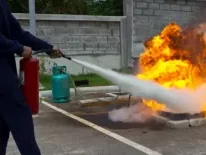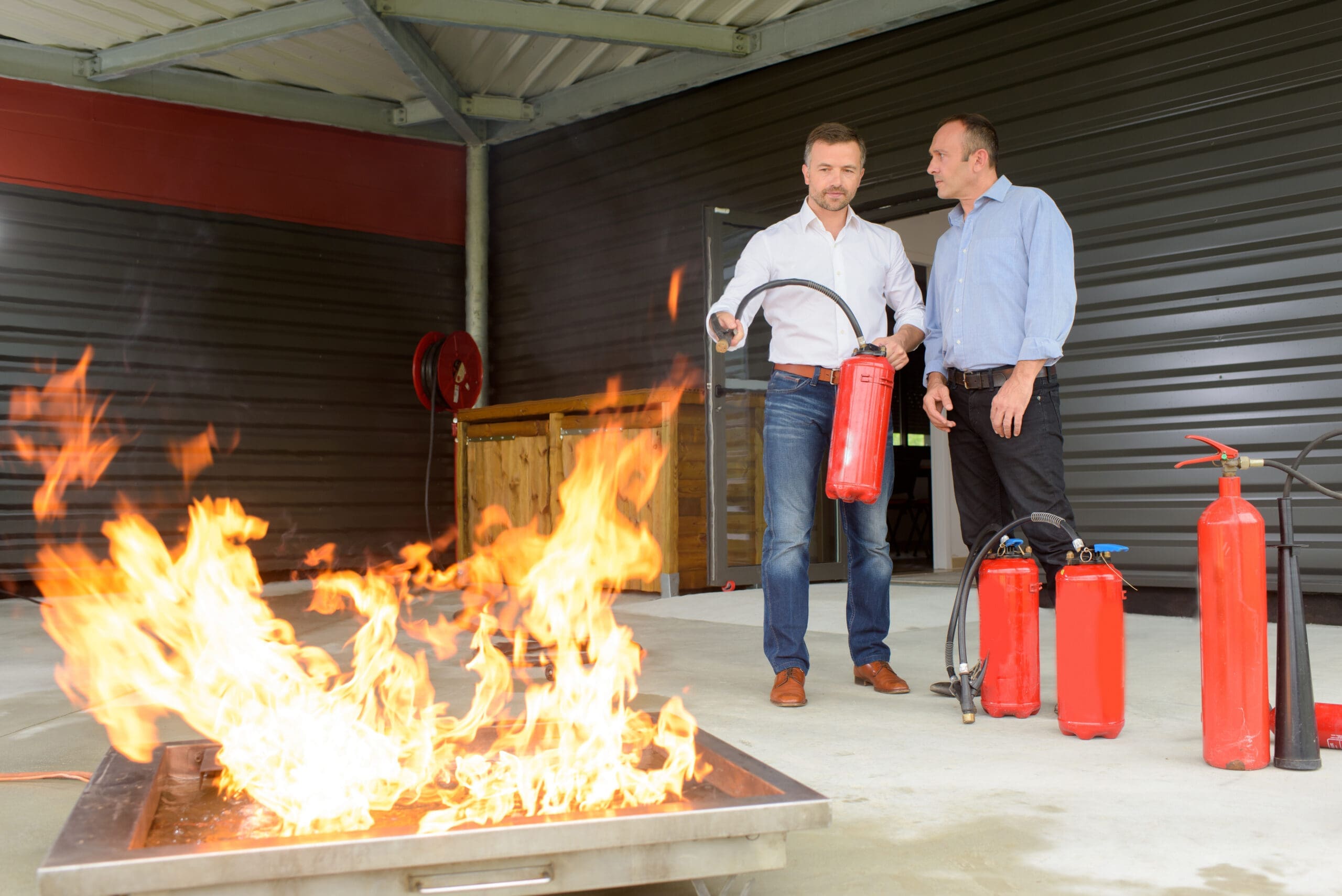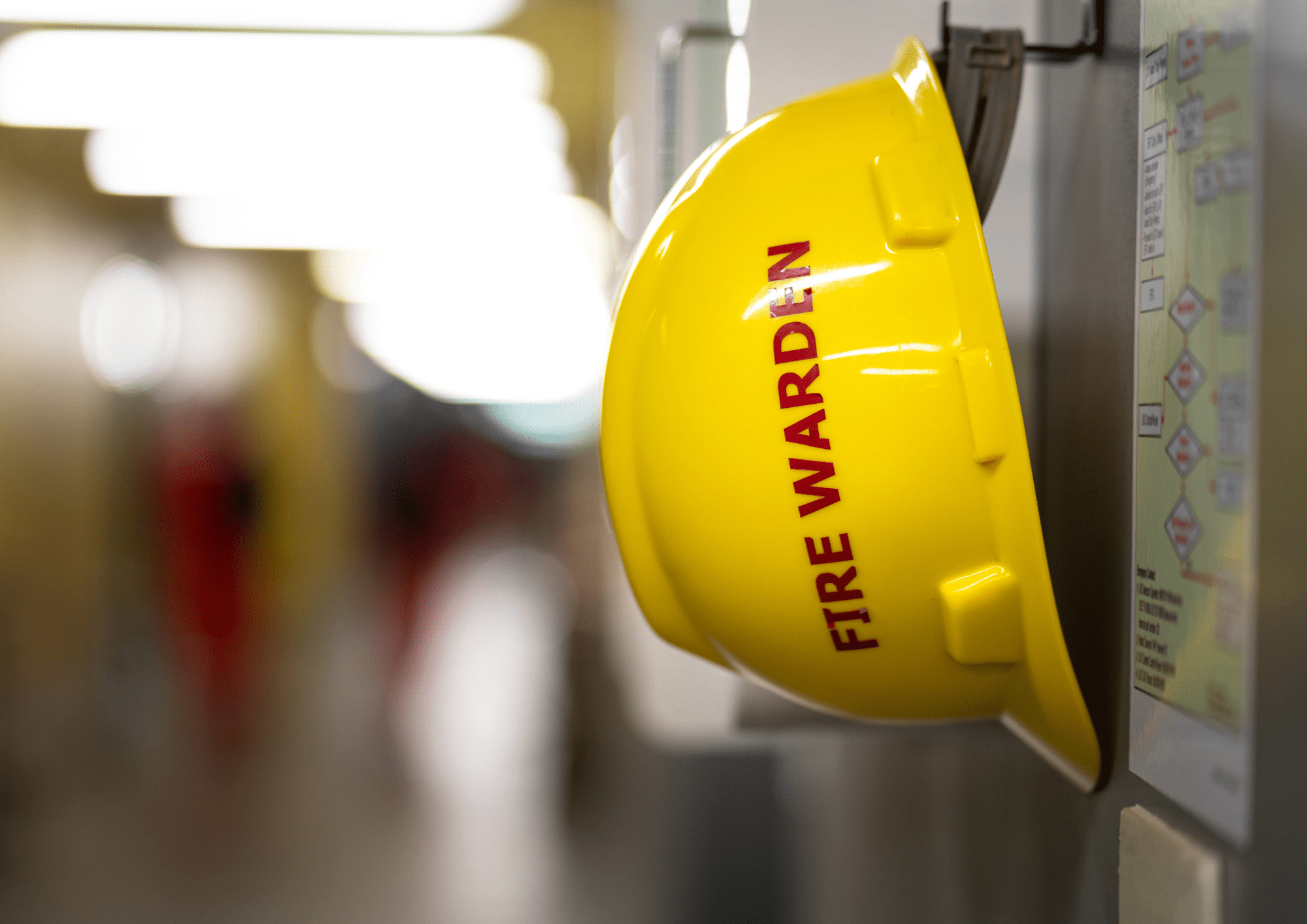Fire Safety Preparedness for Queensland Businesses
Fire safety is essential for protecting lives, property, and your business’s future. In Queensland, despite strict fire safety regulations, many fire incidents occur due to gaps in training, compliance, and awareness. To truly safeguard your workplace, it’s crucial to go beyond basic compliance and invest in practical fire safety training.
Why Fire Safety is Important for Businesses
A fire can have devastating consequences, including:
- Loss of lives and serious injuries
- Permanent business closure due to financial losses
- Legal liabilities and reputational damage
- Increased insurance premiums
By prioritising fire safety, your business can:
- Identify potential fire hazards early
- Train staff in fire prevention and emergency response
- Ensure correct fire extinguisher usage
- Conduct regular fire drills and risk assessments
Limitations of Queensland’s Fire Safety Laws
Queensland’s fire safety regulations include:
- Fire and Emergency Services Act 1990
- Building Fire Safety Regulation 2008
However, gaps in enforcement and awareness mean that many businesses are not fully protected. Key issues include:
- Inconsistent fire training: Not all employees receive adequate training.
- Lack of hands-on fire extinguisher training: Many employees are unsure which extinguisher to use during a fire.
- Infrequent fire safety drills: Irregular drills can cause confusion in real emergencies.
- Failure to appoint a Fire Safety Adviser (FSA): Required for high-occupancy buildings but often overlooked.
To improve workplace safety, stricter enforcement of fire training regulations is needed, especially in high-risk industries and office settings.
The Importance of Fire Extinguisher Training
Fire extinguishers are crucial for stopping a fire—if used correctly. Each type of fire requires a specific extinguisher. Using the wrong one can worsen the fire.
Types of Fire Extinguishers and Their Uses
| Extinguisher Type | Use On | Do NOT Use On |
|---|---|---|
| Water (Class A) | Paper, wood, textiles | Electrical fires, flammable liquids |
| Foam (Class A & B) | Flammable liquids, paper, wood | Electrical fires |
| Dry Chemical Powder (ABE) | Electrical fires, paper, wood, flammable liquids | Cooking oil fires |
| CO₂ (Class E) | Electrical fires | Flammable solids (e.g., wood, paper) |
| Wet Chemical (Class F) | Cooking oil, fats | Electrical fires |
Knowing which extinguisher to use can prevent a fire from getting worse.
Real-Life Examples of Incorrect Fire Extinguisher Use
Example 1: Electrical Fire in Brisbane (2021)
An employee used a water extinguisher on an electrical printer fire.
Result: The water conducted electricity, spreading the fire and causing electric shock.
Correct Approach: A CO₂ extinguisher would have safely cut off oxygen without damaging electrical equipment.
Example 2: Kitchen Grease Fire in Sydney (2022)
A chef used a dry powder extinguisher on a deep fryer fire.
Result: The force spread the burning oil, worsening the fire.
Correct Approach: A Wet Chemical extinguisher should have been used to cool and suppress the grease fire.
Example 3: Warehouse Fire in Melbourne (2023)
Workers tried using a CO₂ extinguisher on burning cardboard.
Result: The fire reignited when the CO₂ dissipated.
Correct Approach: A Water or Foam extinguisher would have soaked the materials to prevent reignition.
Avoidable Fires in Queensland
Many fire incidents in Queensland could have been prevented with better training and awareness:
Sunshine Coast Electrical Explosion (2023)
- Cause: Underground electrical fault
- Prevention: Proper maintenance and early fault detection
Lithium-Ion Battery Fires (Ongoing)
- Cause: Overcharging and non-approved chargers for e-bikes and e-scooters
- Prevention: Awareness training on battery safety
Industrial Warehouse Fire in Brisbane (2021)
- Cause: Unrecognized fire hazards in stored flammable materials
- Prevention: Proper storage safety and fire risk assessments
Fire Safety Training with Australian Training Institute (ATI)
To address fire safety challenges, practical fire safety training is essential. The Australian Training Institute (ATI) offers a range of fire safety courses to equip businesses and employees with life-saving skills.
Fire Safety Courses Offered by ATI
- Fire Warden Training: Teaches employees how to manage fire emergencies and evacuations.
- Fire Extinguisher Training: Hands-on training for correct extinguisher usage.
- Chief Warden Training: Prepares leaders to coordinate emergency responses.
- Fire Safety Adviser (FSA) Training: Required for high-occupancy buildings to comply with QLD regulations.
- Emergency Planning Committee Training: Helps businesses develop and test emergency plans.
Conclusion: Prioritise Fire Safety Today
Fire safety is about more than compliance—it’s about saving lives and protecting your business. Queensland businesses must invest in comprehensive fire safety training to ensure their teams are ready to respond effectively.
Be prepared. Be trained. Be safe.
Check out ATI’s Fire Safety Courses for on-site or scheduled training tailored to your workplace needs.
Fire safety starts with knowledge—make sure your team is prepared!



